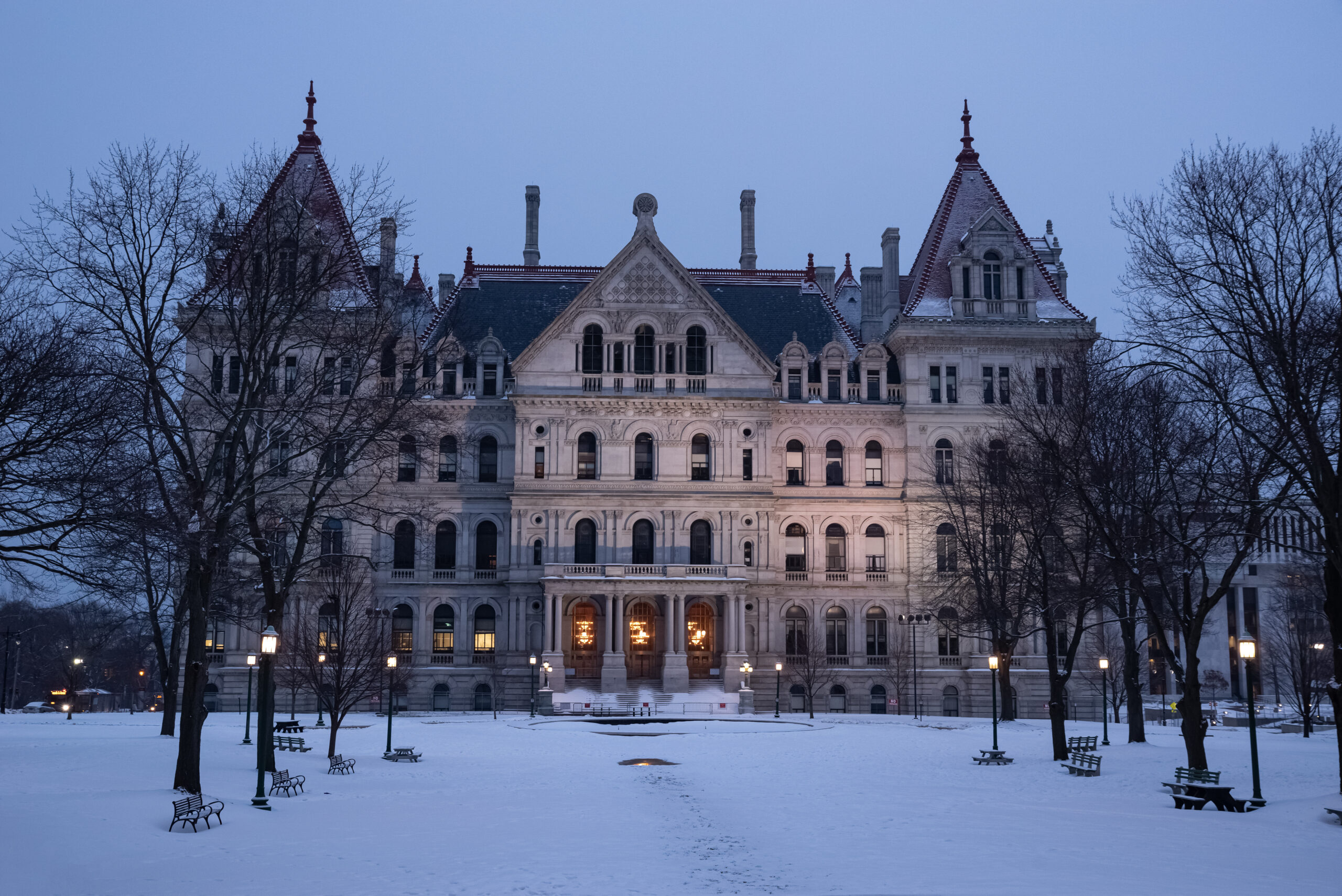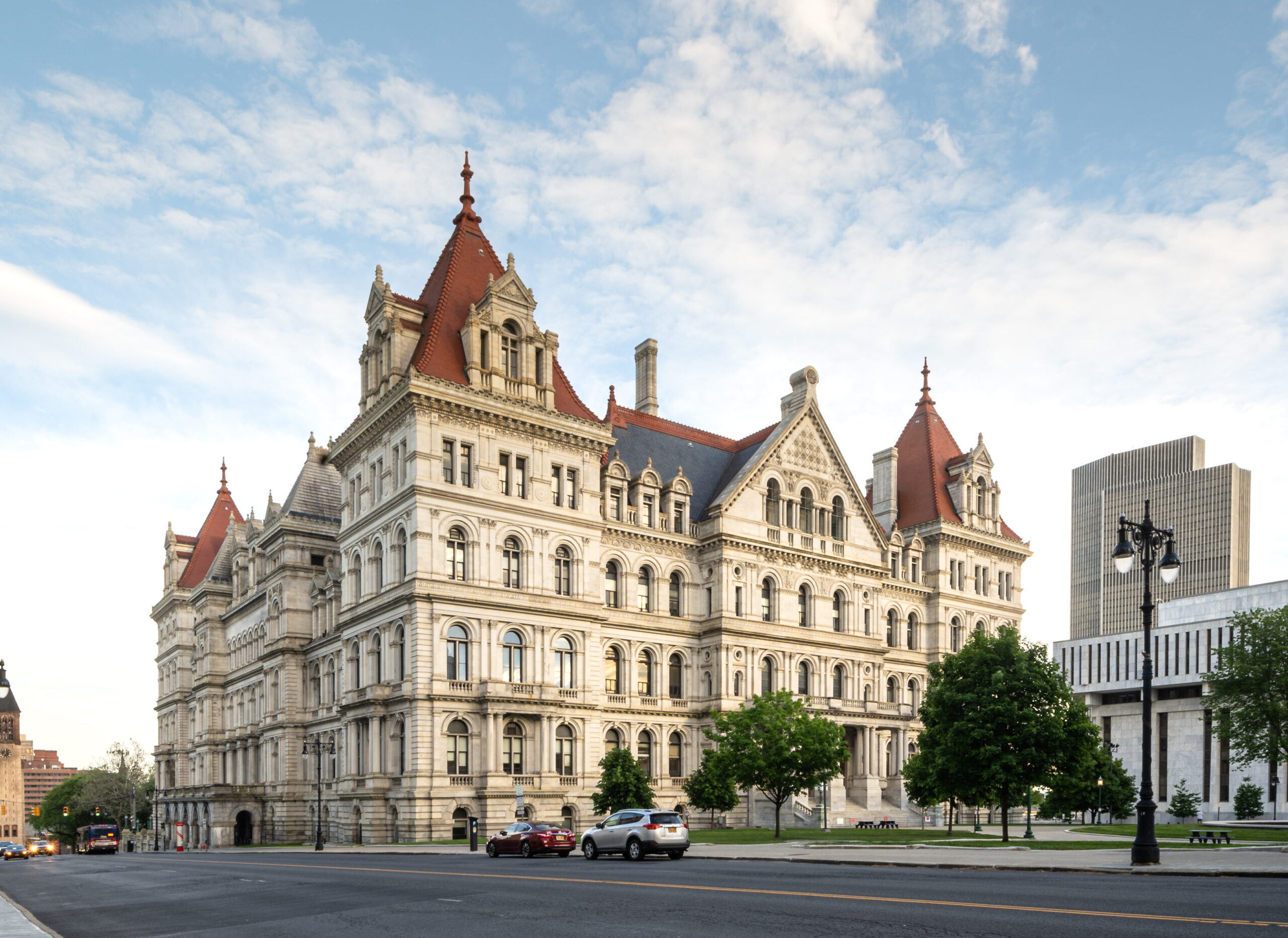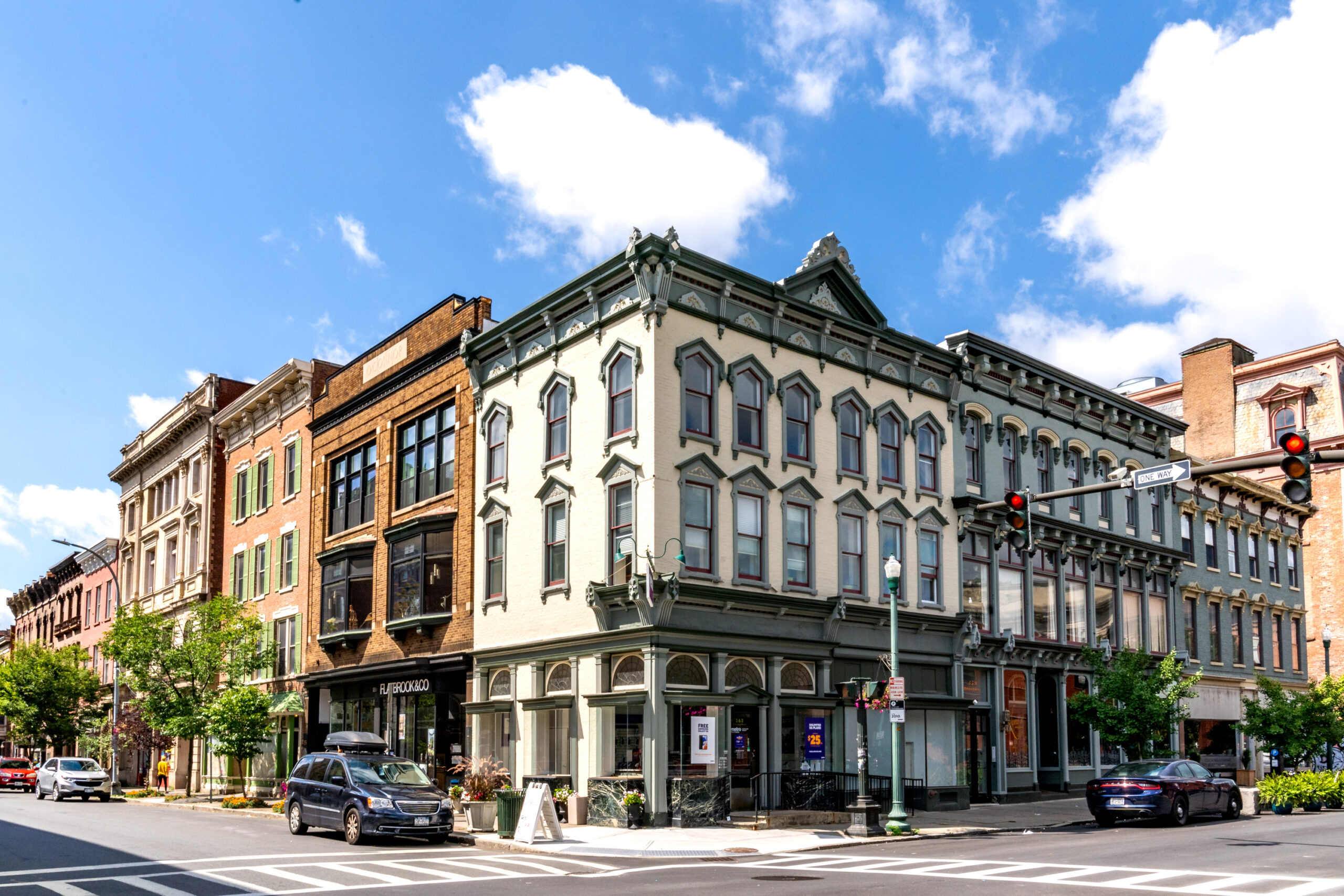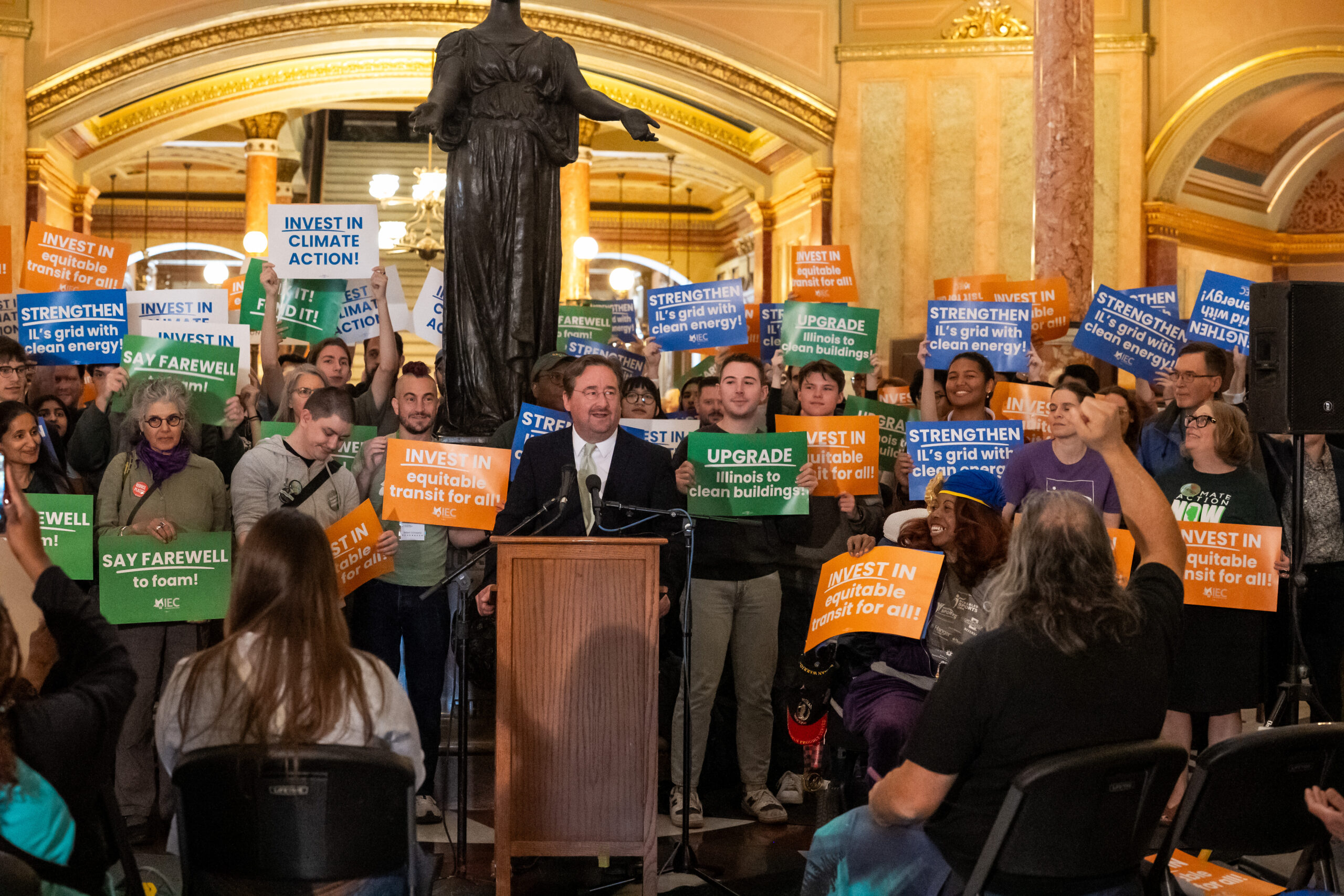Explore the latest news and blogs from the BDC.
Currently viewing results for: All Posts
Sorry! there are no results fitting this search criteria. Please reset filter or try another term Reset Filters



2025 Wrapped: Building Decarb Edition
Dec 8, 2025
A look back at the progress made by the building decarbonization movement in 2025
Learn More









